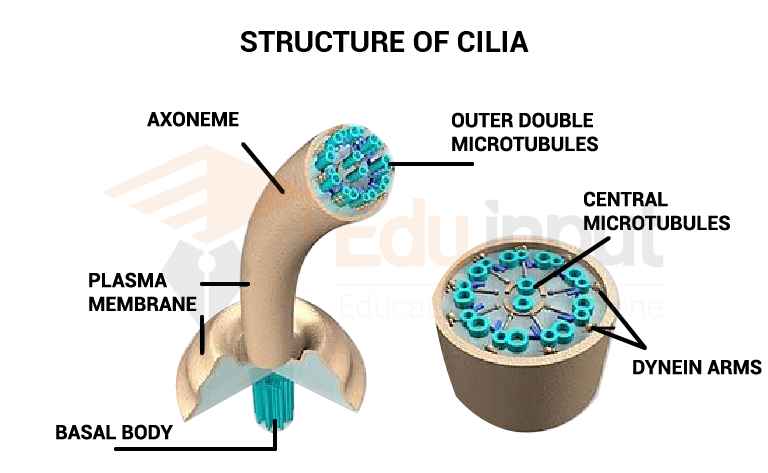Role of Lichens in Primary Succession
Lichens are pioneer species in primary succession on rocks, breaking down rocks through weathering and facilitating the formation of soil.
What do Lichens do in Primary Succession?
Lichens can attach themselves to the surface of rocks, utilizing their ability to survive in harsh conditions such as extreme temperatures and limited water availability.
As pioneer species, lichens pave the way for other organisms in the process of primary succession. They are the first to colonize bare rocks, initiating the transformation of lifeless surfaces into vibrant ecosystems.
Here’s the role of lichens in primary succession primary succession on rocks:
1. By Inducing Rock Weathering
Lichens produce a substance called oxalic acid, which helps in the weathering of rocks. This acid acts as a natural agent, gradually breaking down the minerals present in the rocks. Over time, this weathering process leads to the disintegration of rocks into smaller particles.
2. Soil Formation
Through the weathering process, lichens contribute to the formation of soil. As rocks break down, the particles mix with organic matter. It creates a substrate for other plant species to take root. Lichens play a vital role in the initial stages of soil development, providing a foundation for further ecological succession.




Leave a Reply